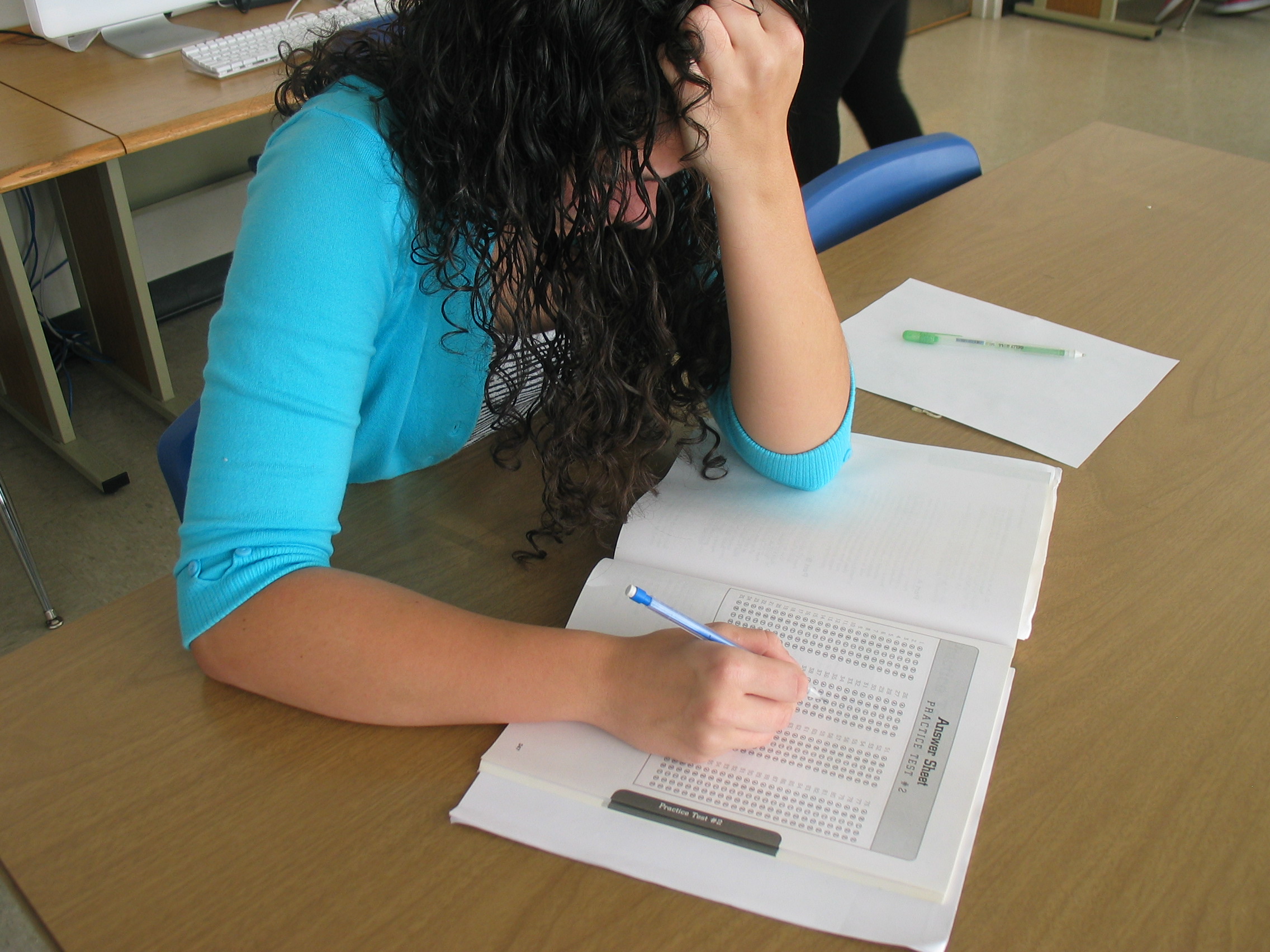 by Catherine Tierney
by Catherine Tierney
The ACT reading section is an unexpected curveball for many students. It seems straightforward enough — read a 700-word passage and answer ten questions about it. Unlike in the English, Math and Science sections, success on Reading does not depend on knowing any formulas, rules or content. Still, many students find this section to be surprisingly difficult, and it is often the section where we see the most fluctuation in score throughout the preparation process. So what makes it (seem) so hard?
- Timing: The ACT Reading section has 40 questions and a 35 minute time limit. That give students less than one minute per question and does not even factor in time to read the passage. In other words, the ACT Reading moves at a blistering pace, and it can be hard to keep up.
- Distractors: The “wrong” answer choices are anything but random; they are designed to trick students. One of the ACTs favorite tricks is to put correct information from the passage into answer choices (sometimes word for word) but use the information in a way that does not actually answer the question. They also like to throw words like “always” or “never” into otherwise correct answer choices. High school students use these extreme phrases often, but they are unlikely to be correct on the ACT unless the passage says so explicitly.
- Passage Types: The ACT writing has four passages. One of them is a prose fiction passage, while the other three are non-fiction. Thus, 75% of the reading score comes from non-fiction passages. Initially, students seem to be more comfortable navigating the prose fiction passage, while the non-fiction passages make them uneasy. This is probably due to exposure; most high school english classes draw heavily on fiction and skimp on non-fiction.
Despite these difficulties, the Reading section is very beatable; the Reading section is one big open book test. You don’t have to come in knowing anything (except for how to read). Here are some tips to consistently and significantly raise your reading score.
- Consider skipping a passage: There are two ways to overcome the blistering pace of the reading section: read faster or skip a passage. There are plenty of skimming strategies and tools, but it can be a difficult task to increase your reading speed, especially if you have limited time to prep. Skipping a passage can actually increase your score. If you do all four passages, you need to average about 8 minutes per passage. If you do three, you have about 11.5 minutes per passage. If you can use those extra 3 minutes to answer every question correctly, you may come out ahead. Sometimes students rush to meet the 8 mark and end up making careless errors and missing half the questions. A few notes about this strategy: don’t actually leave the answers blank. Be sure to at least fill in the bubbles. This strategy will cap your reading score around a 28-30 depending on the curve of the test.
- Do ‘line reference’ questions first: Think of reading like a ‘treasure hunt’. Once you find the line or paragraph of interest, you will find the answer to your question stated explicitly. Sometimes, though, the ACT is nice and includes line numbers in the question. This takes the time consuming part away. Doing these questions first is an easy way to gain some points right off the bat. Just remember to read a few lines before and after to get some context.
- Don’t Interpret: Your high school English teachers is probably very interested in your opinion on a text. He or she may even ask you to put yourselves in the character’s shoes or relate a story to your own life. Though this may fly in English class, it is extremely detrimental on the ACT. If the ACT was interested in your opinion, then it would be interested in every student’s opinion and no answer could ever be truly correct. On the ACT, all that matters is what the author of the passage says. It is not your job to critique or interpret.





